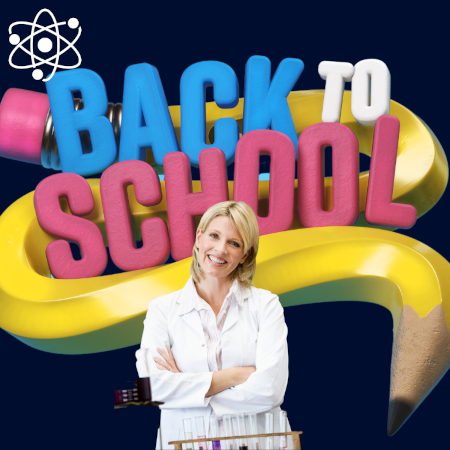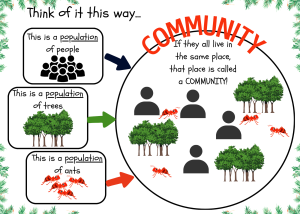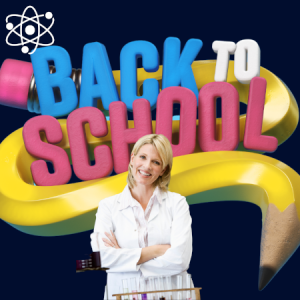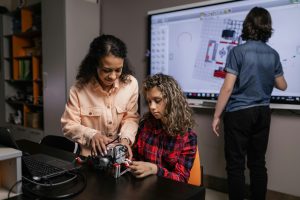Are you a science teacher looking to start the new school year with enthusiasm and confidence? Keep reading. In this post, we’ll provide you with valuable tips and strategies to help you embrace the journey of going back to school. We’ll explore ways to stay motivated, engage your students, and create a positive and productive classroom environment.
Whether you’re a seasoned science teacher or just starting, this article has something for you. We’ll cover practical advice for lesson planning, creating hands-on experiments, incorporating technology in the classroom, and,most importantly, fostering a love for science in your students.
Let these bits of advice equip you with the tools and knowledge you need to make a difference. So roll up your sleeves and get ready to embrace the journey of going back to school with enthusiasm and confidence.
Overcoming back-to-school anxiety

Going back to school can be an exciting yet daunting time for science teachers. Keeping track of student needs, lesson plans, teaching strategies, and science equipment are just a few of the numerous responsibilities on your plate.
You can alleviate back-to-school anxiety by developing a solid plan. Sure, the plan may change, but, starting with a plan from day one holds much of the going back-to-school anxiety at bay.
Start with a review of your curriculum (for many – state or national standards), lesson plans, and classroom management strategies from the previous year. If you’re just starting out, talk to your colleagues. What worked for you last year? or them if you are asking around? What didn’t work? Would switching the order in which you present the material be helpful?
From my own experience, in physical science, there are two main areas: physics and chemistry. The order in which each main area is approached is variable. As to the content within those areas, that order is a bit trickier to change. Life science, logically, can move from the microscopic at the start of the year to the macroscopic towards the end or vice versa. One strategy that serves me well is to finish the year with topics that are easier to “digest”. (You know how students get toward the end of the school year.)
As you get into and progress through the year you will naturally identify strategies that work well and those that need improvement. Experiment. (Don’t forget to throw out what doesn’t work, introduce what does, and mix things up.) This proactive approach boosts your feelings of control and confidence. Now is the time to envision what you want and plan, plan, plan. You want to be able to enter the new school year successfully.
Another way to overcome back-to-school anxiety is to develop your own set of self-care practices. Make time for activities that nourish your mind, body, and spirit. Exercise, meditation, or spending time in nature are great ways to do that. Remember: Placing your well-being first can help you tackle stress and approach the new school year with energy and enthusiasm.
Setting goals for the new school year

As a science teacher, setting clear and achievable goals before going back to school is crucial. These goals not only provide a roadmap for your professional development but also serve as a source of motivation and inspiration all through the academic year.
Begin by reflecting on your past experiences and identifying areas where you can improve or expand your teaching practice. This could include developing more engaging lesson plans, incorporating more hands-on activities, or finding ways to better support your students’ learning needs.
Once you have identified your areas of focus, set specific, measurable, achievable, relevant, and time-bound (SMART) goals. For example, you might set a goal to integrate at least one new technology-based activity into your lessons each month or to increase the number of students who demonstrate mastery in a particular science concept by the end of the semester.
Planning engaging and interactive lessons

One of your main responsibilities is to create engaging and interactive lessons that capture your students’ attention and foster a love for science. This can be a challenging task, but with the right strategies, you can design lessons that encompass both learning and enjoyment.
Start by considering the unique learning styles and needs of your students. Incorporate a variety of teaching methods, such as hands-on experiments, visual demonstrations, and collaborative group activities, to cater to different learning preferences. This not only keeps your students engaged but also helps them better understand and retain the material.
The current push in science is to make lessons relevant and relatable to students’ lives. If there is one way to transform students from bored to engaged, it is by incorporating real-world examples and applications of the scientific concepts you’re teaching. It also helps to encourage your students to explore these connections on their own.
In the beginning, a good and immediate way to find out more about your students is through a going back to school or first-day activity ask them about their interests. “What sports do you like to play or watch? What are your hobbies?” If you don’t have a first-day activity, you need to use one. Students not only are more prone to express themselves, but the information gained is keys you can use later to merge interests with lessons. And when they connect with what you’re teaching, they’re learning and are genuinely interested.
Incorporating technology in the science classroom

As you think about going back to school consider the ways you can use technology. Technology is a powerful tool for enhancing student engagement and learning. From interactive simulations to virtual lab experiments, there is a wealth of tools and resources available to help science teachers bring their lessons to life.
One effective way to integrate technology is to use digital platforms and applications to help with collaborative learning. Tools like Google Classroom and Padlet allow students to work together on projects, share ideas, and provide feedback in real time. This not only encourages a sense of community in the classroom but also helps students develop important 21st-century skills like collaboration, communication, and critical thinking.
Another valuable resource for science teachers is online repositories of educational content, such as virtual labs, virtual fieldtrips, interactive simulations, review games, and educational videos. Platforms like PhET Interactive Simulations, Gizmos, and Crash Course Science offer a wide range of resources that can be easily integrated into your lesson plans. And, educational gaming sites do much to promote engagement and reinforcement.
Building positive relationships with students
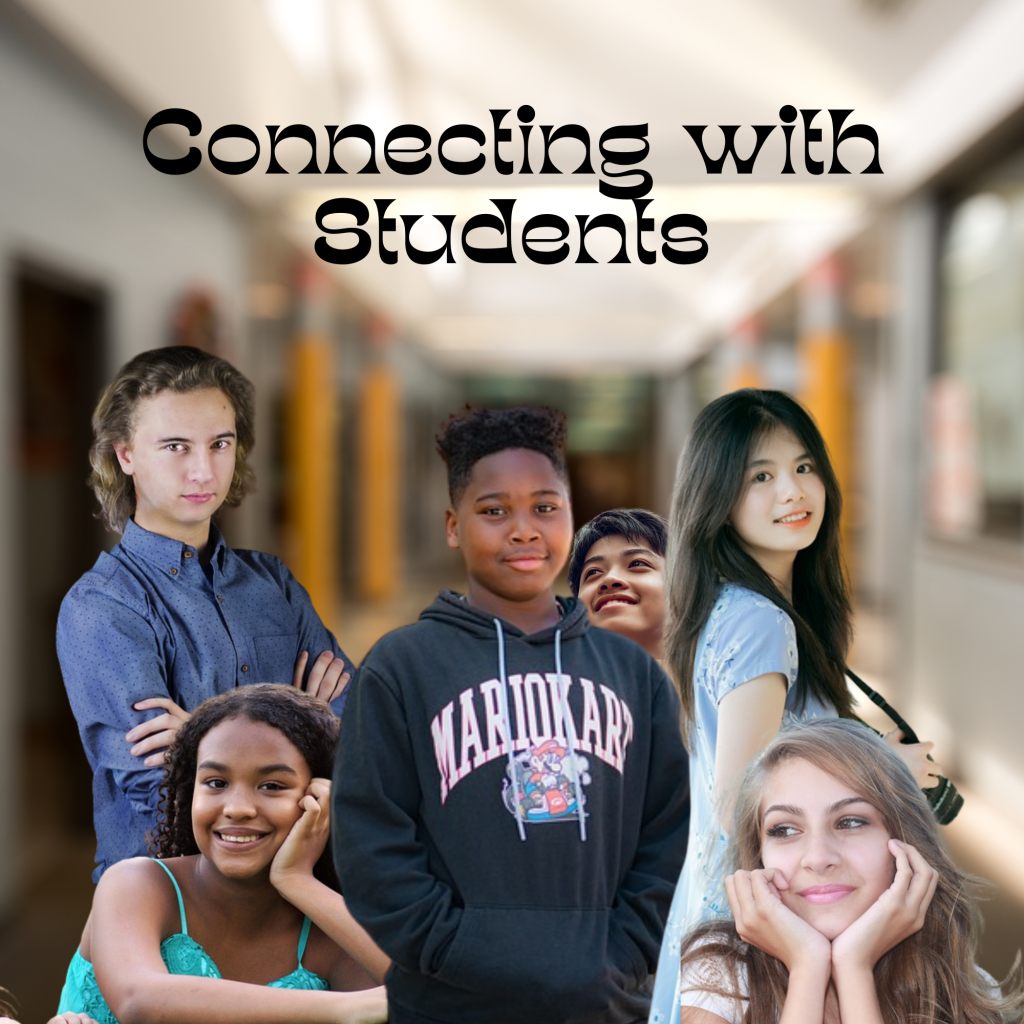
As you ponder going back to school, don’t forget about fostering positive relationships with your students. This is a key factor in being an effective science teacher (or just a teacher). When students feel valued, supported, and respected, they are more likely to engage with the material and thrive in the classroom.
One effective strategy for building positive relationships is to take the time to get to know your students as individuals. (This is where a back-to-school first-day activity starts your connection with them.) Learn about their interests, backgrounds, and learning styles, and use this information to adapt your teaching approach and create personalized learning experiences.
Another key for building positive relationships is to establish clear expectations and boundaries within the classroom. Whether they know it or not, middle school students do their best when they know what to expect. Sure, they crave occasional diversions, but the stability of your expectations is like a rudder on a ship.
Communicate your expectations for behavior, participation, and academic performance, and consistently reinforce these expectations throughout the school year. (The consistency is vitally important.) By setting clear guidelines, enforcing them, and providing consistent feedback, you create a safe and supportive learning environment that nurtures trust and mutual respect.
Self-care for science teachers: Prioritizing well-being during the school year

Don’t forget yourself as you think about going back to school. Remember to not become consumed by the demands of the job. For some of us, that’s a tough nut to crack. However, it’s vital to give priority to your self-care. Doing so throughout the school year will enable you to maintain your energy, enthusiasm, and effectiveness as an educator.
Another important part of self-care is to establish a healthy work-life balance. Set boundaries for work hours and make time for activities and hobbies that bring you joy and relaxation. This could include exercise, spending time with family and friends, or pursuing a creative passion.
In my own experiences, I had a rule to never take schoolwork home. True, I didn’t have little ones to pick up after school and watch. For me, not taking work home meant that I would stay at school to get it done and prepare for the next day. However, I did not concern myself with schoolwork when at home. Staying after school wasn’t always desirable, but I did appreciate the result.
As to exercise, I am a bit of a drill sergeant in those regards. The discipline to keep at it was molded into me from life as a child and martial arts in my early adult years.
Another key component of self-care is to engage in stress-management techniques. Consider incorporating mindfulness practices, qigong, taichi, meditation, or deep breathing, into your daily routine. Practicing a form of meditation greatly helps me by centering my mind and rejuvenating my body. These activities can help you manage the inevitable stresses of the job and maintain a positive, focused mindset.
Professional development opportunities for science teachers
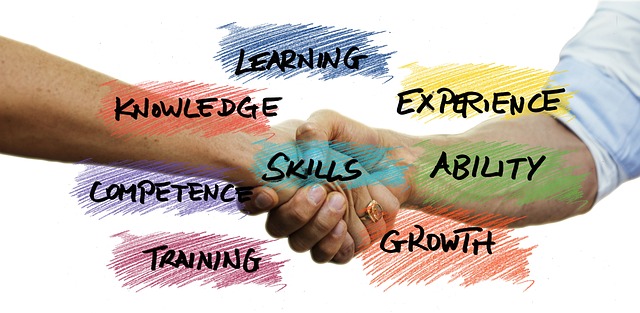
Ongoing professional development is essential for science teachers who want to stay current with the latest trends, technologies, and best practices in the science field. By continuously growing in your knowledge and skills, you can boost your teaching effectiveness not to mention that you give your students the most up-to-date and engaging learning experiences.
Whether you join a science organization like the NSTA or a local state science teacher group or seek out online courses, webinars, or virtual learning communities, staying current is another critical factor for maintaining an active and exciting outlook in the classroom.
There are online or in-person resources that can provide you with the flexibility to engage in professional learning at your own pace and on your schedule. For instance, many universities, educational organizations, and subject-matter experts offer a variety of online professional development opportunities tailored to the needs of science teachers.
If you aren’t currently connected to professional science groups or organizations, you will do yourself a great service by finding one or more before going back to school
Collaboration and networking

As you begin thinking about going back to school, don’t forget about connecting with other science teachers. They can be in your own building, district, state, or other venue. Just realize that it’s important to recognize that you’re not alone in your journey. Connecting with other science educators can be a powerful boost to your outlook. Through them, you can share ideas, educate one another, and build a science support network.
One effective way to collaborate and network with other science teachers is by joining a professional organization or online community. As stated above, they can provide opportunities for networking, resource-sharing, and collaborative projects. Interacting with a wider community of science educators will help you gain new perspectives, discover new teaching strategies, and stay up-to-date with the latest developments in science.
Regardless of who you connect with or how you pursue it, these connections give you the opportunity to grow in many ways. Locally, through regular meetings and discussions you get a chance to share best practices, troubleshoot challenges, and brainstorm ideas for improving student learning outcomes right in your backyard.
By collaborating and networking, you can grow. This collaborative approach can help you feel supported, inspired, and energized throughout the school year.
Conclusion: Embracing the journey of teaching science
As you think about going back to school for a new school year, remember that the journey of teaching science is not without its challenges. Yet, with the right outlook, there are great rewards and opportunities for growth. By embracing the strategies and resources outlined in this guide, you can overcome back-to-school anxiety, set meaningful goals, and create engaging and interactive lessons that inspire your students to develop a passion for science.
Remembering to put your well-being first, engaging in ongoing professional development, and connecting with fellow science educators, you will tackle the year with assurance and passion. Taking an all-round approach to your teaching practice will enable you to develop a classroom environment that fosters curiosity, critical thinking, and a love for science.
As you begin the journey of going back to school, keeping these things in mind will infuse you with the mental outlook to approach the new school year with confidence. Just know that your dedication and hard work as a science teacher have the power to make a lasting impact on the lives of your students. You can make this school year the best one yet!
Additional Thoughts
Starting and staying organized throughout the year makes the school year so much more enjoyable and less stressful.

Here is the first of four posts about science classroom organization.

